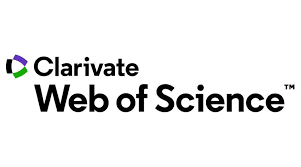The Use of Extremely Anthropomorphized Artefacts in Medicine
DOI :
https://doi.org/10.29173/irie190Résumé
Anthropomorphized, or human-like artefacts, have been used in teaching and training of medical skills for a long time. The most famous artefact used today is probably the Resusci ® Anne CPR training manikin, which is used for training of resuscitation skills. However, what has changed over the lifespan of these artefacts is the level of human-like features in them. All around the globe, highly anthropomorphized ICT artefacts are used in training of medical skills. Amongst others, the UNAM University in Mexico City and Royal North Shore Hospital in New South Wales use artefacts, which are closer to human-like robots than traditional manikins in teaching. The purpose of this article is to look deeper into this phenomenon, consider its potential implications for the patient-physician relationship and quality of patient care, and to propose some practical methods for minimizing the possible risks emerging from the use of these extremely anthropomorphized artefacts.Téléchargements
Publié-e
2006-09-01
Comment citer
Lahtiranta, J, et K K Kimppa. 2006. « The Use of Extremely Anthropomorphized Artefacts in Medicine ». The International Review of Information Ethics 5 (septembre). Edmonton, Canada:13-18. https://doi.org/10.29173/irie190.
Numéro
Rubrique
Article
Licence
Under the CC-BY 4.0 license, you have the right to:
Share — copy and redistribute the material in any medium or format
Adapt — remix, transform, and build upon the material for any purpose, even commercially.
Under the following terms:
Attribution — You must give appropriate credit, provide a link to the license, and indicate if changes were made. You may do so in any reasonable manner, but not in any way that suggests the licensor endorses you or your use.





